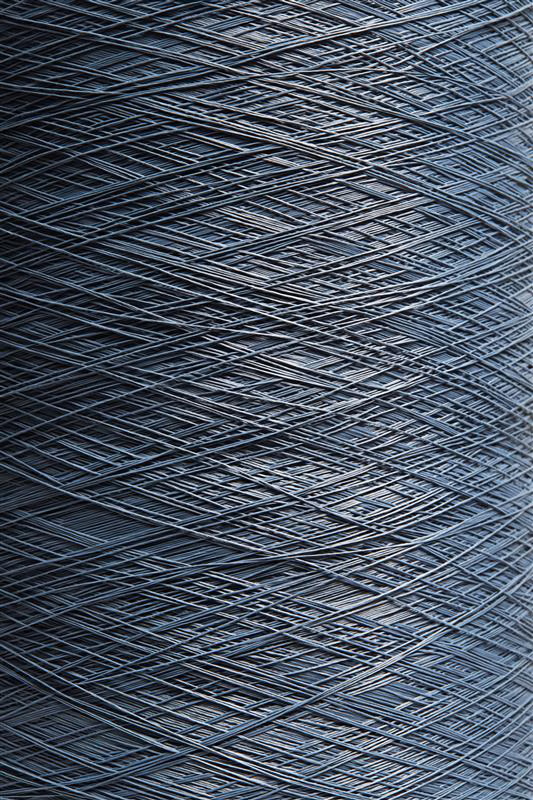
PREFERRED MATERIALS
Dedicated hangtags identify the Moncler materials that deliver reduced impacts in comparison to conventional equivalents. The hangtag refers to either MAIN or OUTER fabrics.
AVAILABLE LABELS

RECYCLED NYLON
Recycled nylon can be produced from either textile scraps and fabric cut-offs or from materials such as discarded fishing nets, carpets or other used textiles.
Targets:
- By 2025, Moncler commits to include 50% lower impact nylon (recycled or bio-based) in its collections.
For more information on recycled materials, please visit Global Recycling Standard (GRS)
RECYCLED NYLON

RECYCLED POLYESTER
Recycled polyester can be produced from either recycling discarded materials such as ocean waste, discarded textile scraps and fabric cut-offs.
Targets:
- By 2025, Over 50% of yarns and fabrics will be from lower impact materials
For more information on recycled materials, please visit Global Recycling Standard (GRS)
RECYCLED POLYESTER

ORGANIC COTTON
Cotton from organic agriculture, is grown without the use of synthetic pesticides or herbicides and Genetic Modifies Organisms (GMOs).
Targets:
- By 2025, Moncler commits to include 50% lower impact cotton (organic or regenerative) in its collections.
For more information on organic materials, please visit Global Organic Textile Standard (GOTS)
ORGANIC COTTON

RESPONSIBLY SOURCED WOOL
Wool sourced according to specific standards, requiring that animal and environmental welfare are managed on the land where sheep graze. Furthermore Moncler will only source from standards that guarantee that mulesing, a practice that removes skin from around the tail of sheep to prevent parasitic infection, is strictly prohibited.
Targets:
- By 2025, Moncler commits to include 100% merino wool certified to the Responsible Wool Standard (RWS) in its collections.
For more information on wool sourcing, please visit Responsible Wool Standard
RESPONSIBLY SOURCED WOOL

MONCLER RECYCLED NYLON
Moncler collaborated with RadiciGroup to create a 100% recycled yarn using production scraps: 30% from Moncler’s production plants and 70% from RadiciGroup’s Renycle®.
The newly obtained nylon chips were spun into a 100% recycled yarn, and then used to make the fabric.
As a result, Moncler was able to achieve mechanical textile-to-textile recycling of nylon production scraps.
Target:
- 50% of “preferred”* nylon used in the 2025 collections
*Materials aimed at having a lower impact compared to the conventional solutions used by the Moncler Group (e.g., recycled, organic, or certified in accordance with specific standards).
MONCLER RECYCLED NYLON
